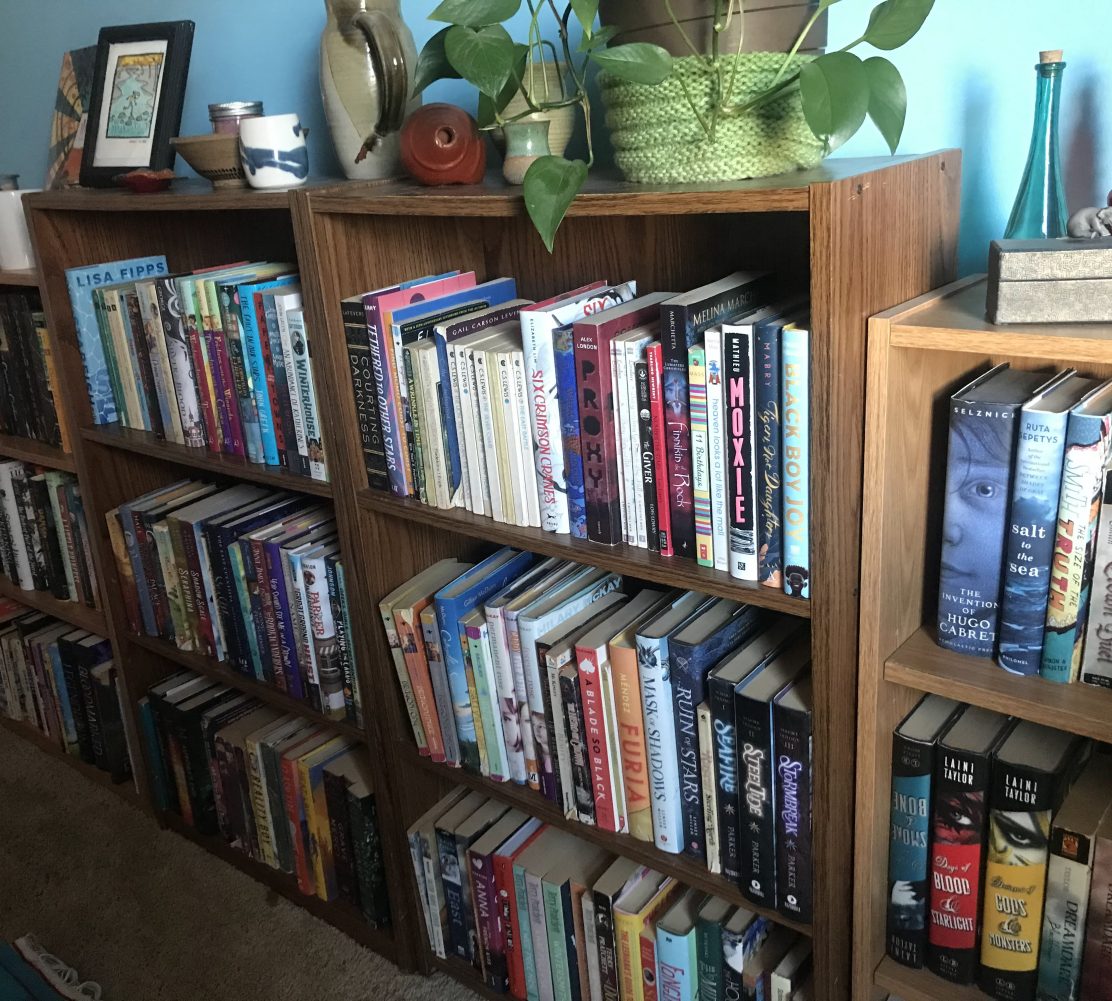
edited by Lisa Charleyboy and Mary Beth Leatherdale
Support your local independent bookstore: buy it there!
Content: It’s tough content, talking about abuse and rape. It’s in the Teen Issues (Non-Fiction) section of the bookstore.
This is not the sort of thing I usually pick up: a book of art and poetry and essays. But, my biggest take-away from the Multicultural Literature class I just finished was that 1) there isn’t a whole lot of Native literature out there and 2) I don’t read any of it. So, I decided that I need to try and fix that. At least to some extent. I remembered that this one had recently come out (I had ordered it in for the store), but didn’t know anything about it. So I checked it out.
It’s a compilation from Native women artists, all from different nations, who are expressing themselves. From connections to their past and future, and what their heritage means to to them; to the challenges of being a Native woman today. It covers all of North America, so there are voices from Canadian indigenous women as well as those here in the U. S. It’s sometimes harsh reading, especially for an outsider looking in, but it’s ultimately uplifting and empowering. I’m incredibly glad a collection like this exists, and I’m glad I was compelled into picking it up.









